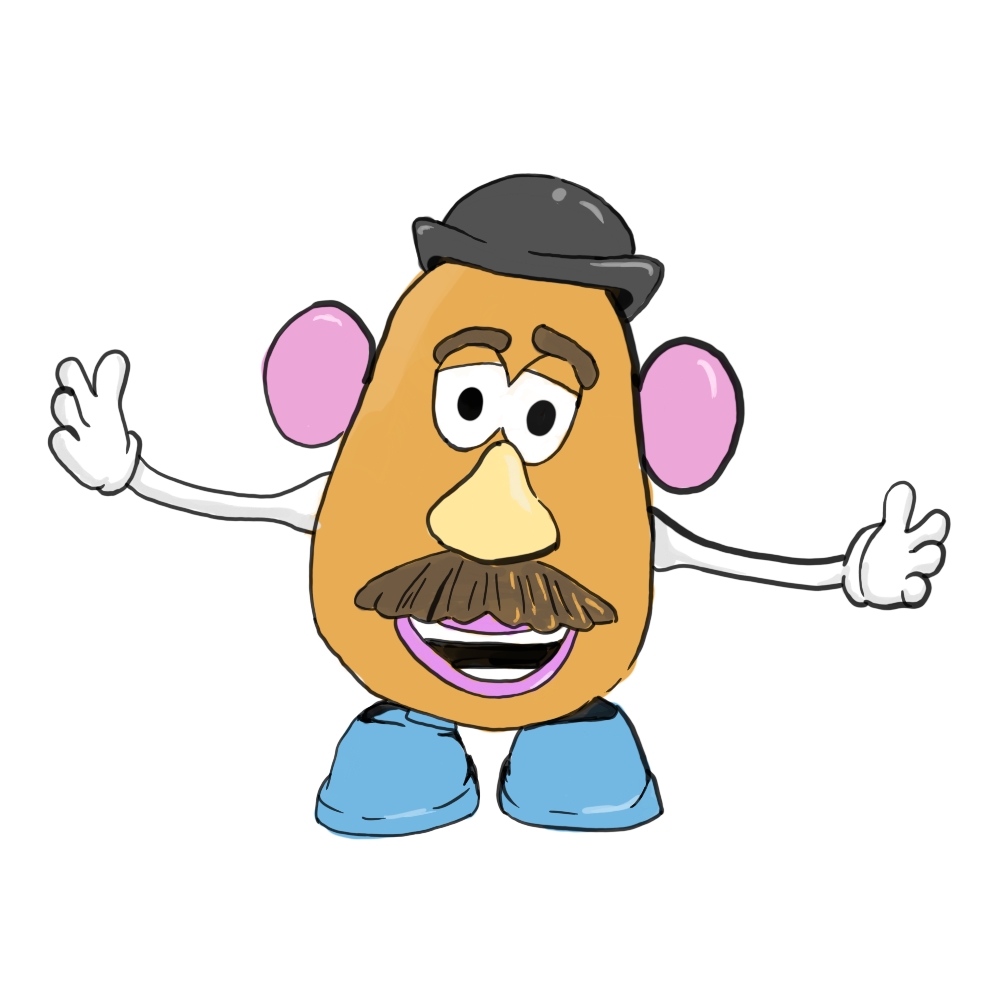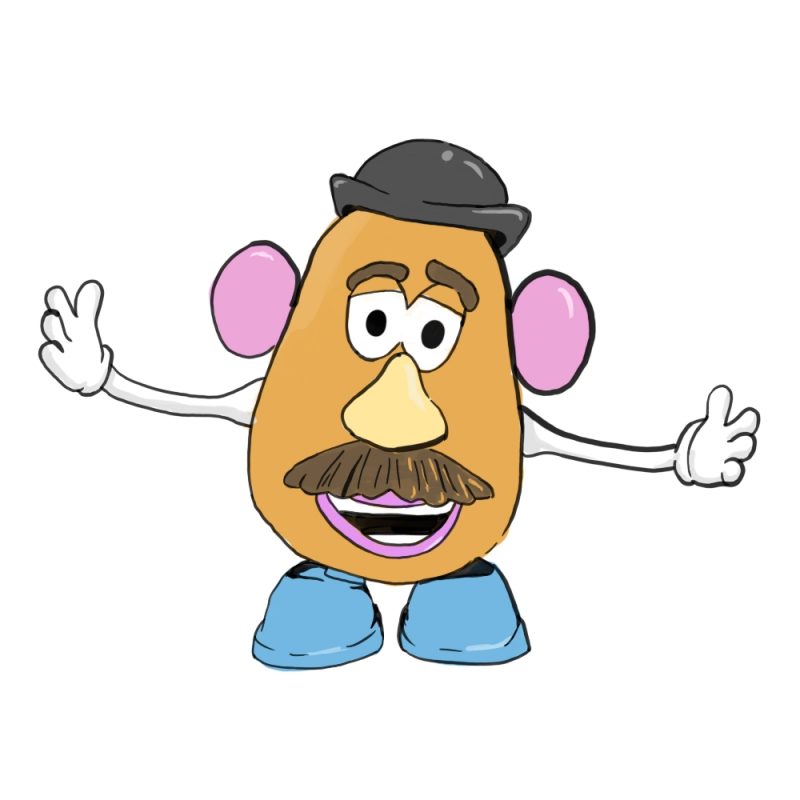Mr. Potato Head goes gender neutral


As demands for inclusivity go viral, companies and brands are forced to make their products suit the interests of consumers.
In February 2020, Hasbro toy company announced a rebranding of the iconic Mr. Potato Head to be more gender-inclusive.
By dropping the “Mr.”, Hasbro will be selling a new toy kit featuring two large potatoes and a baby spud that have no pre-determined gender. While Mr. and Mrs. Potato Head will not be completely gone from the markets, this new potato kit will allow children to make a potato family of two female or two male parents.
The LGBTQ+ community is applauding the toy company’s endeavour to help children see toys as toys and not confined to traditional gender norms.
At first, I thought, “Why are we so caught up in the gender of a potato?”
Then it occurred to me that children, my former self included, like to see themselves in the toys they play with. A gender-neutral Potato Head can allow children to be more true to themselves through play.
Other toy companies, like Mattel, have also been updating their classic brands in hopes to relate more with children and reflect more modern families.
Barbie now includes dolls of various skin tones and body sizes, and some that have disabilities. LEGO sells kits that appeal to all genders and ages, as well as being accessible to all audiences with audio and braille instructions.
When I was a kid, we only had a handful of dolls that were of different skin tones and “gender-neutral” was not in my vocabulary.
I’m thrilled that companies are making toys that are more representative of people’s identities, but I don’t feel that my childhood was any worse without these toys.
Typically, people are most carefree during their childhood because they are not burdened with the responsibilities of adulthood and their focus is on growing up.
When I was a kid, I played with a mix of toys-Barbies, LEGO, toy cars, Lite-Brite, action figures, Polly Pockets, Beyblades, etc. I was privileged to have a variety of toys that were targeted towards females and males-that was also the perk of having an older brother and sister.
While there are more genders than female and male, I believe that this variety of toys was still productive in my upbringing. I learned that toys have no identity boundaries even while they are marketed to specific groups.
As adults, however, we see a problem in branding toys specifically for males or females; therefore, we’ve developed a type of solution to make toys more representative of people’s identifying qualities as an attempt to be more inclusive.
While I don’t believe my childhood was any different than someone growing up with these new toys, I think these re-branded toys will be a great parenting tool to introduce kids to inclusivity at a young age.
While a child may not understand the term “gender-neutral” at the age at which they’re playing with a Potato Head, they might reflect on this as they get older and begin discussions of equality and inclusivity at a younger age.
Therefore, while I think it’s weird that we are focused on re-branding a potato toy, I think this re-branding trend will serve well for the future to promote inclusivity and equality.

